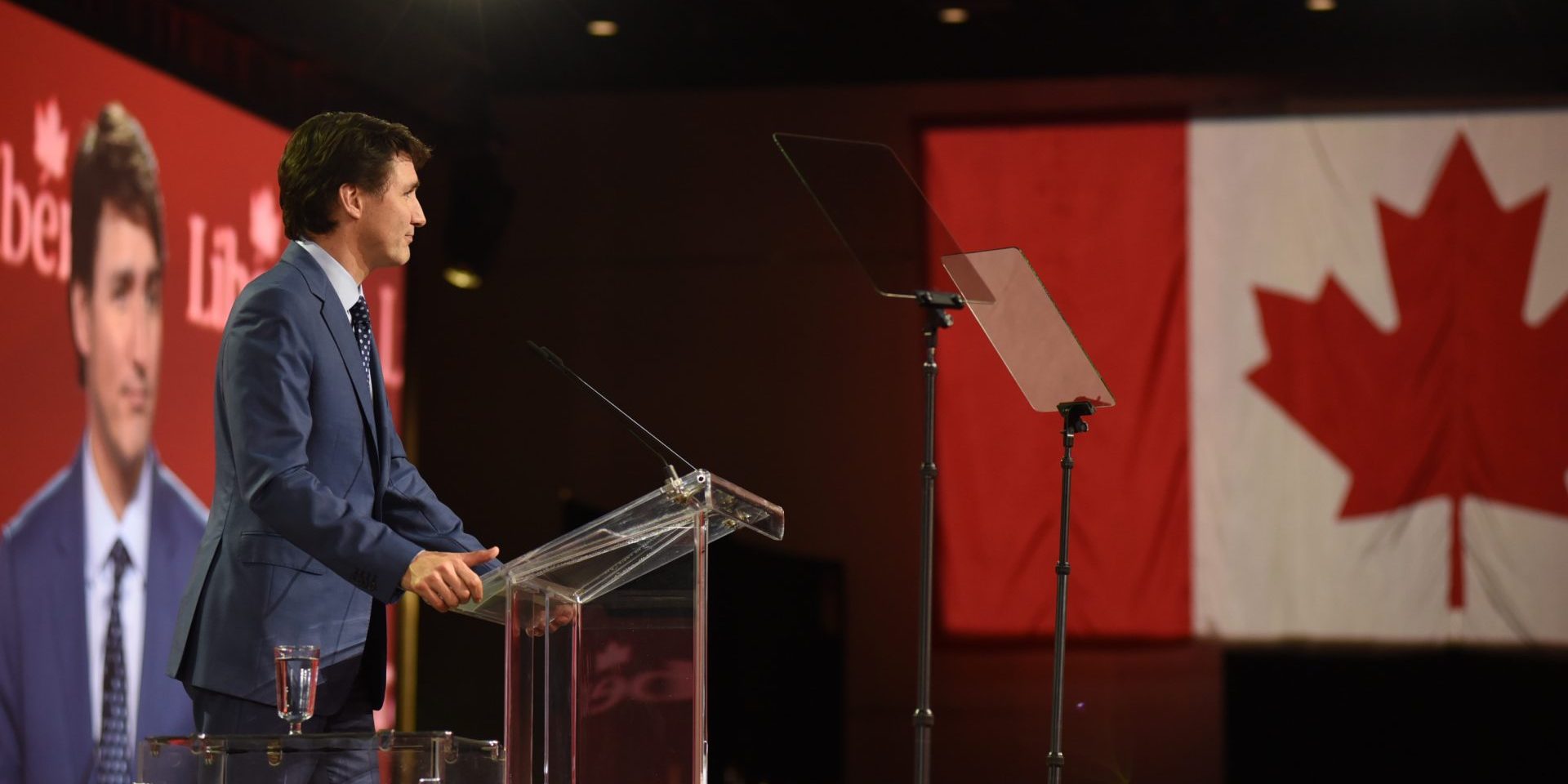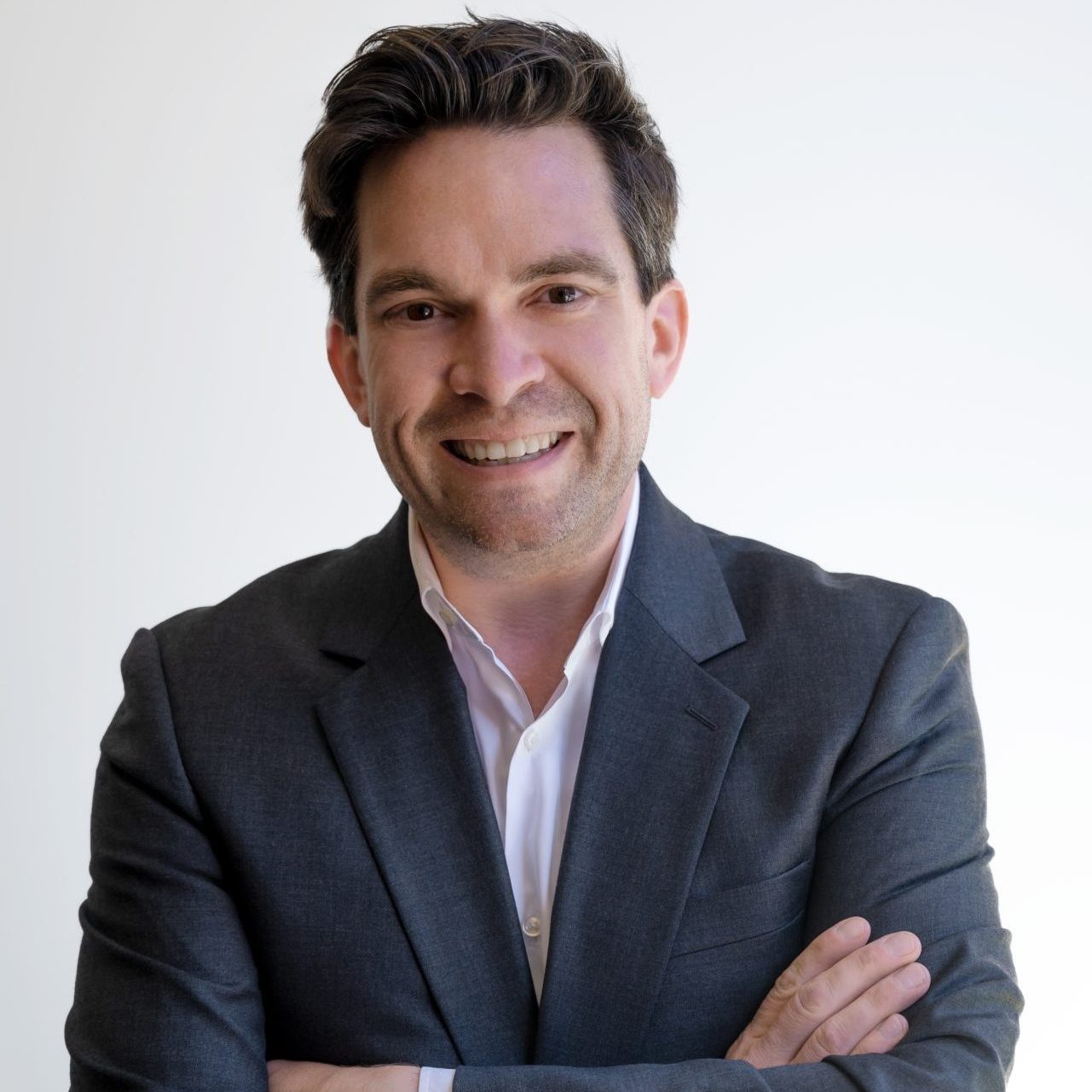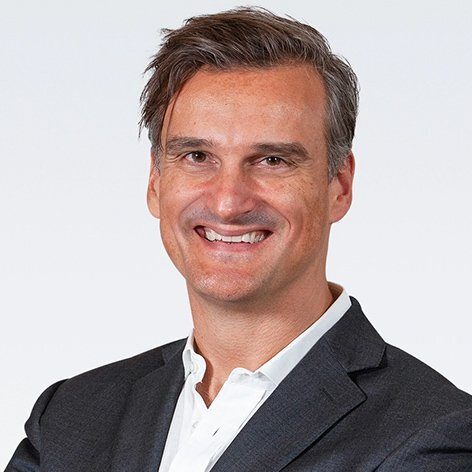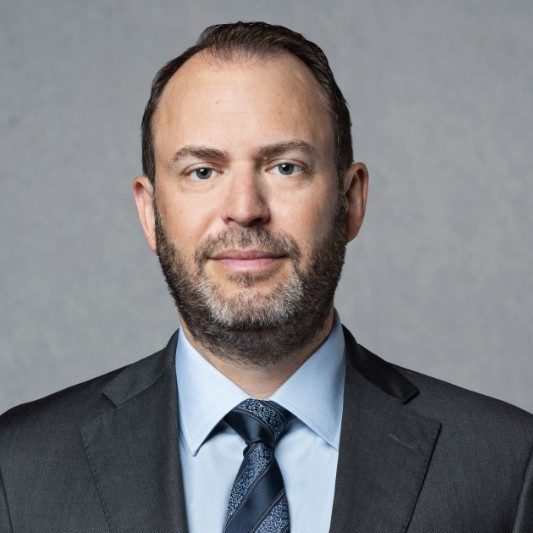Rising tithes lifts all boats? Hiked leadership entry fee, party cut will buoy Grits’ coffers: politicos

This week, the Liberals are set to have their best fundraising day of the year as leadership hopefuls submit the first instalment of the contest’s entry fee, which has more than quadrupled since the last race in 2013.
Strategists say the increased entry fee will keep any frivolous “tire kickers” watching in the stands, and provide the needed boost to the party’s coffers to fuel the Grits in a general election—even without a pitstop in between.
Liberal leadership hopefuls have until the Jan. 23 deadline to submit the first $50,000 of the total $350,000 registration fee to officially declare their candidacy. Of the total fee, only $50,000 is refundable, should any hopeful bow out early.
The remaining $300,000 will also be payable in instalments, with the second $50,000 due by Jan. 30, $125,000 by Feb. 7, and the remainder by Feb. 17. With a March 9 wrap up, the cutoff for membership and registration to vote is swiftly approaching on Jan. 27.
Alongside the registration fee, the Liberal Party will also take a cut of the donations raised by each leadership campaign, applying a 25-per-cent tithe after the first $500,000. On Jan. 14, the party also announced its spending and debt limits for the campaigns, capping expenditures to a maximum of $5-million, and debt at $200,000 at any time during the race.
As of Jan. 1, Canadians can donate a maximum of $1,750 to each registered party, an additional $1,750 to registered associations or nomination contests, and all leadership contestants in a single race for a maximum total donation of $5,250. The Canada Elections Act also permits a leadership candidate to give their campaign $25,000 in contributions, loans, and loan guarantees, and an additional $1,750 to other leadership contestants.
As of publishing deadline, there are six names in the mix: former Bank of Canada and Bank of England governor Mark Carney; former deputy prime minister and finance minister Chrystia Freeland (University–Rosedale, Ont.); Government House Leader Karina Gould (Burlington, Ont.); Liberal MP Chandra Arya (Nepean, Ont.), Liberal MP Jaime Battiste (Sydney–Victoria, N.S.), and former Liberal MP Frank Baylis.
The total potential registration fees—$2.1-million—amount to roughly 50 to 66 per cent of total donations the Liberal Party raised in any of the first three quarters of 2024, according to Elections Canada.

The Liberals’ total fundraising for those first three quarters—the most recent data available—amounts to just over $10.1-million, compared to the Conservatives’ $28.9-million raised during the same period.
Former Liberal ministerial staffer Greg MacEachern told The Hill Times that, in addition to the immediate boost to the Liberals' war chest, the increased registration fee—up from $75,000 in 2013—eliminates many of the “tire kickers” who might have gotten involved just to enhance their political visibility.
MacEachern recalled the summer caucus retreat in 2006 ahead of that year’s leadership race, when he helped organize a candidate forum with the Liberal women’s caucus and found himself searching through the hotel for 14 stools to match the number of candidates who wished to be on stage.
“When I look back at some of those people, that was probably the closest they got to entering the leadership … who never had a snowball's chance in hell of raising the entrance fee, much less making it past the first ballot,” MacEachern recalled. “We had to accommodate them then, but we don’t have time for that now.”
MacEachern added that a candidate's ability to gather those funds is crucial within a tight timeframe. That first test will provide a simple heuristic for assessing their ability to motivate potential voters, he said.

“The whole point of a leadership campaign is to find people who can motivate voters on a lot of different factors from policy, to their record, and experience, but also their ability to fundraise,” MacEachern said, adding that he expects to see “rapid results on which candidate can do that.”
Former Liberal ministerial staffer Olivier Cullen, now a director with Blackbird Strategies, agreed with MacEachern’s assessment, but noted that the runway isn’t as short as the official timeline suggests.
“The fact that the party would need a new leader has not come as a surprise,” Cullen told The Hill Times. “Any Liberal with leadership aspirations has been planning their run for a while.”
While he expressed concern that the fundraising efforts of the leadership campaigns could reduce availability of potential donations the Liberals will need in the next election, should it arrive quickly, Cullen is optimistic that the race could “breathe fresh air into a stagnant party” and its coffers.
However, Cullen said a more significant concern would be a reduction in an equally important form of donation: time.
“To win an election, you need people to volunteer,” Cullen explained. "It's not just a candidate in a riding fighting for a job; it's hundreds of people working—mostly for free—that win elections.”
Those volunteers will potentially be the same ones already signing up to donate their time to the various leadership campaigns, and Cullen said that whoever wins will have a “tall task” to keep them motivated.

Pendulum Group’s Yaroslav Baran, who led the Conservative Party’s communications during the 2022 leadership election, said that beyond any other consideration, time—or lack thereof—is the key difference between the current Liberal and past Conservative races.
Unlike the Conservative contest, which saw its now leader Pierre Poilievre (Carleton, Ont.) surge to victory fuelled by $4-million in donations and more than 400,000 new memberships to the party, pre-existing members will largely determine the Liberals’ result, Baran said.
While the Liberal Party does not publicly disclose its membership totals, a party source told The Hill Times it had about 85,000 members after Prime Minister Justin Trudeau’s (Papineau, Que.) resignation announcement on Jan. 6.
Baran also noted that the Conservatives had set a slightly lower registration fee for their contest at $300,000, which included a refundable portion of $50,000 and a $100,000 compliance deposit, returned upon completion less any penalties and fees.
The Conservatives’ spending limit was much higher at $7-million. However, donations were tithed at a lower level, with only 15 per cent charged on the first $1-million in contributions, 20 per cent above that and below $3-million, and 25 per cent on all contributions above that.

“The higher registration fee will dissuade the frivolous campaigns from running, and the tithe is all about padding the coffers of the central party,” Baran said.
Baran also suggested that the higher registration fee could save the Liberals both time and money.
“The Liberals don’t have the time to waste on organizing a 15-person all-candidates' debate or get drawn out in multiple rounds of balloting, and all those things cost money,” Baran said.
Former Conservative campaign staffer Dan Mader, who worked on the party’s 2021 campaign platform, said he expects the Liberals' tithe to raise a significant sum for the party, adding that, even if campaigns can raise $5-million, he’s not sure they can even spend it all in such a short timeline.
Whatever is left over in each campaign will then also go to the party, providing an even greater boon to the party’s coffers, which it will need if the next election occurs soon after the conclusion of the leadership race, Mader said.
“The new leader won't have time to raise any money, so raising it during the leadership contest is the best alternative,” he said.
The Hill Times






 LICENSING
LICENSING PODCAST
PODCAST ALERTS
ALERTS













